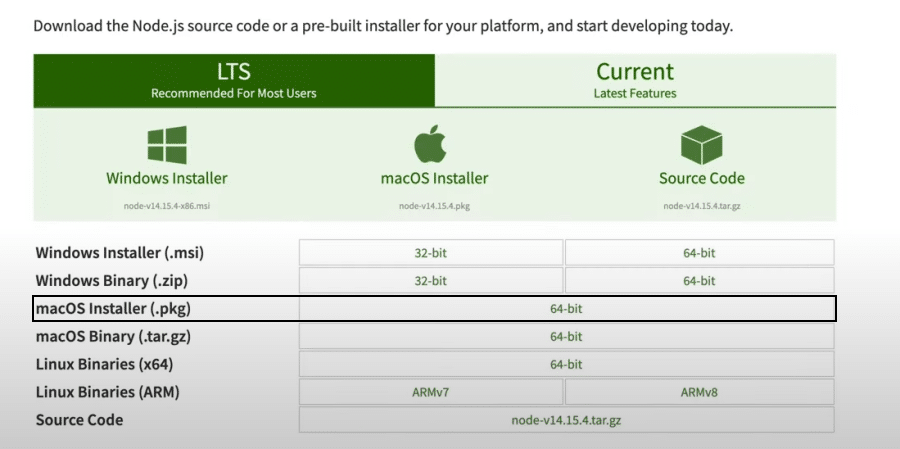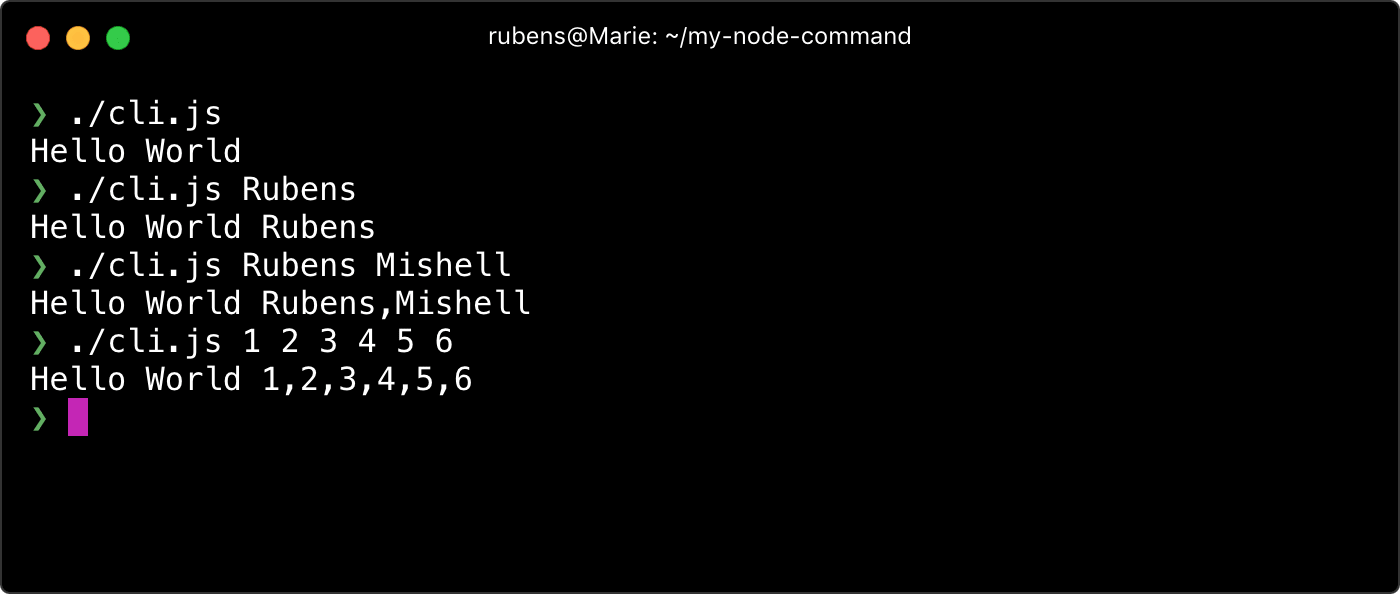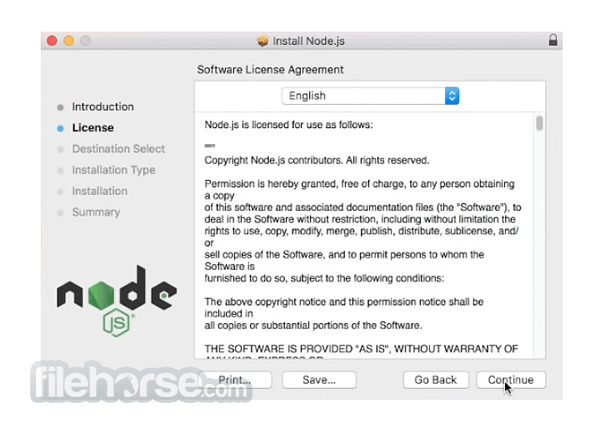

- #Create new file node js mac how to
- #Create new file node js mac for mac os
- #Create new file node js mac install
- #Create new file node js mac license
In this example, we will use writeFile() function and create a file named newfile.txt.ĬreateFileExample.js // include node fs module Example 1 – Create File using writeFile() Following are the examples demonstrating to create a file in Node.js with each of these methods. Step 2 : Create file using one the methods mentioned above. Step 1 : Include File System built-in module to your Node.js program var fs = require('fs') Steps – Create a File in Node.jsįollowing is a step by step guide to create a new File in Node.js : If the specified file is not found, a new file is created with the specified name and mode and sent to the callback function. The syntax of fs.open() function is fs.open('', callbackFunction) If the file specified in the appendFile() function does not exist, a new file is created with the content passed to the function. The syntax of fs.appendFile() function is fs.appendFile('', callbackFunction) Care has to be taken while using this function, as it overwrites existing file.

If a file already exists with the name, the file gets overwritten with a new file. After writing to the file is completed (could be with or without error), callback function is called with error if there is an error reading file. Ruby version 1.8.6 or higher and GCC version 4.2 or higher before installing node.The syntax of fs.writeFile() function is fs.writeFile('', callbackFunction)Ī new file is created with the specified name.
#Create new file node js mac install
For Linux, you will need to install additional dependencies, viz.
#Create new file node js mac for mac os
Optionally, for Mac or Linux users, you can directly install Node.js from the command line using Homebrew package manager for Mac OS or Linuxbrew package manager for Linux Operating System. It will display the version number of Node.js installed on your Mac. After successful installation, it will display summary of installation about the location where it installed Node.js and NPM.Īfter installation, verify the Node.js installation using terminal window and enter the following command. Part of learning Node.js is creating a package.json file using npm init, but you can also create one automatically. Once downloaded, click on the installer to start the Node.js installation wizard.Ĭlick on Continue and follow the steps. tar.gz) or Linux to download the Node.js installer. Click on the appropriate installer for Mac (.pkg or. If Node.js is installed successfully then it will display the version of the Node.js installed on your machine, as shown below.
#Create new file node js mac how to
Once you install Node.js on your computer, you can verify it by opening the command prompt and typing node -v. How to use or execute a package installed using npm The package.json guide The package-lock.json file Find the installed version of an npm package Install an older version of an npm package Update all the Node.js dependencies to their latest version Semantic Versioning using npm Uninstalling npm packages npm global or local packages npm. Running Commands and Installing Packages We need to use a terminal/command prompt in order to run commands.

Finally, click finish to complete the installation. Creating a New Application First, let's create a folder for the new application. It will install Node.js quickly on your computer.

#Create new file node js mac license
However, you can also install the Current version which will have the latest features.Īfter you download the MSI, double-click on it to start the installation as shown below.Ĭlick Next to read and accept the License Agreement and then click Install. Here, we will install the latest version LTS for windows that has long time support. For example, it will display followingĭownload the installer for windows by clicking on LTS or Current version button. It will automatically detect OS and display download link as per your Operating System. NPM (Node Package Manager) is included in Node.js installation since Node version 0.6.0., so there is no need to install it separately.


 0 kommentar(er)
0 kommentar(er)
